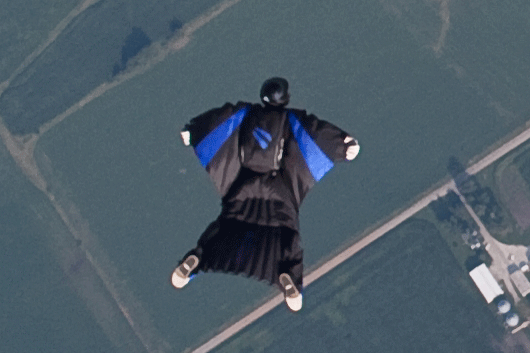Recommended Posts
Krip 2
Quote
Had a friend in the RLI and he said that a guy he knew made 4 combat jumps in a single day doing the ambush thing. Most airborne don't make 4 combat jumps in a career. He also said that they had a couple fatalities from the rising DZ and the last couple guys in the stick impacted before line stretch.
Like you said a hell of a way to make a living. But life is so much better under Robert Mugabe, NOT!!!!!
What was the pilot thinking he could have bent his airplane
WGore 0
QuoteQuote
Had a friend in the RLI and he said that a guy he knew made 4 combat jumps in a single day doing the ambush thing. Most airborne don't make 4 combat jumps in a career. He also said that they had a couple fatalities from the rising DZ and the last couple guys in the stick impacted before line stretch.
Like you said a hell of a way to make a living. But life is so much better under Robert Mugabe, NOT!!!!!
What was the pilot thinking he could have bent his airplaneOr did he/she
They were jumping C-47s and my guess is that they didn't have radar altimeters. When your that low 50ft can make a difference.
JoeC 0
Quotethe Mach III Alpha would glide 22.85 miles worst case. Best case, 24.24 miles. In full flight, balls out the ground speed was 59 mph and could be modulated to ZERO! Try as we may, we never sold any to the US Military, as of August 1988. But I sold them to Japan,Korea, Taiwan, Singapore, Indonesia, Malaysia, Thailand, India and Mexico.
Thought you might get a kick out of this, the Peruvians are still using Mach IIIs if you can believe it.
Some people dream about flying, I live my dream
SKYMONKEY PUBLISHING
pms07 3
QuoteI couldn't bring up the link unfortunately and the answer to my question may be in the write-up. So I'll go ahead and ask here in case any old-timers might know the answer. I post on a Marine forum and there is a retiree who claims to have gone thru HALO school at Ft. Bragg in 1980. He claims to have been trained in the vertical wind-tunnel. I read that it wasn't built until 1981 and not used to train soldiers until around 1983. So the guy is either embellishing his experience or there was a wind-tunnel in use by 1980 for HALO student jumpers at Ft. Bragg. Does anyone have any knowledge or memory on the subject?
Yes, the wind tunnel at Wright-Patterson AFB was used by some prior to 83...
JoeC 0
Quote[Yes, the wind tunnel at Wright-Patterson AFB was used by some prior to 83...
But this guy says it was at Ft. Bragg and it had a nickname of something like "Bozo Big Top". I think he's blowing hot-air, but have learned to never say never.




Had a friend in the RLI and he said that a guy he knew made 4 combat jumps in a single day doing the ambush thing. Most airborne don't make 4 combat jumps in a career. He also said that they had a couple fatalities from the rising DZ and the last couple guys in the stick impacted before line stretch.
Like you said a hell of a way to make a living. But life is so much better under Robert Mugabe, NOT!!!!!
Share this post
Link to post
Share on other sites